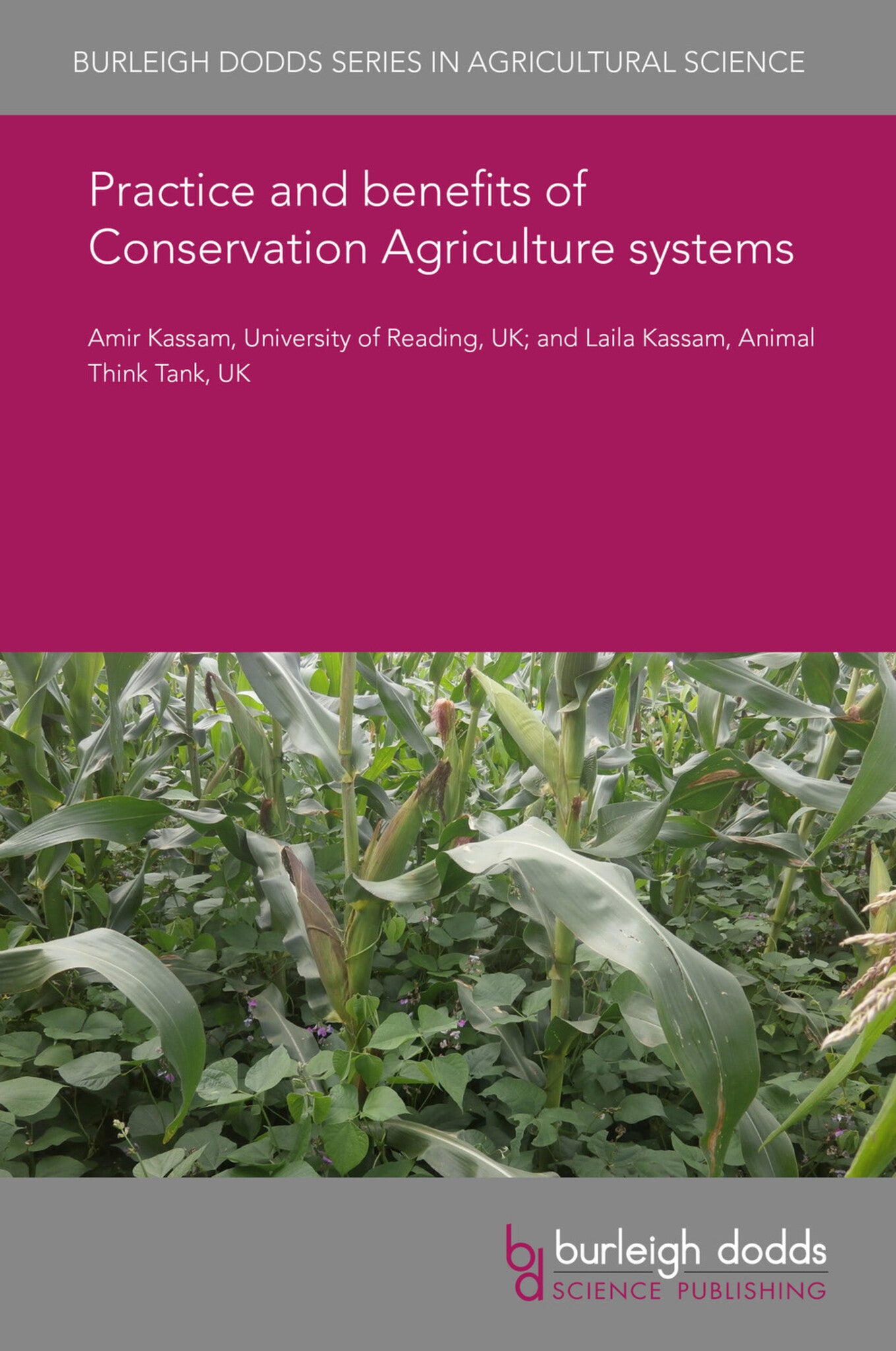We're sorry. An error has occurred
Please cancel or retry.
Practice and benefits of Conservation Agriculture systems

Some error occured while loading the Quick View. Please close the Quick View and try reloading the page.
Couldn't load pickup availability
- Format:
-
20 January 2020


TECHNOLOGY & ENGINEERING / Agriculture / Sustainable Agriculture, Agronomy and crop production, TECHNOLOGY & ENGINEERING / Agriculture / Agronomy / Crop Science, TECHNOLOGY & ENGINEERING / Agriculture / Organic, Sustainable agriculture, Organic farming

1 Introduction 2 Conservation Agriculture as a basis for sustainable soil, land and natural resource management practice and production intensification 3 Transforming conventional systems into Conservation Agriculture systems 4 Benefits of Conservation Agriculture systems and their potential contribution to the Sustainable Development Goals (SDGs) 5 Global evidence of benefits from Conservation Agriculture 6 Constraints and enabling conditions 7 Conclusion and future trends 8 Where to look for further information 9 References



